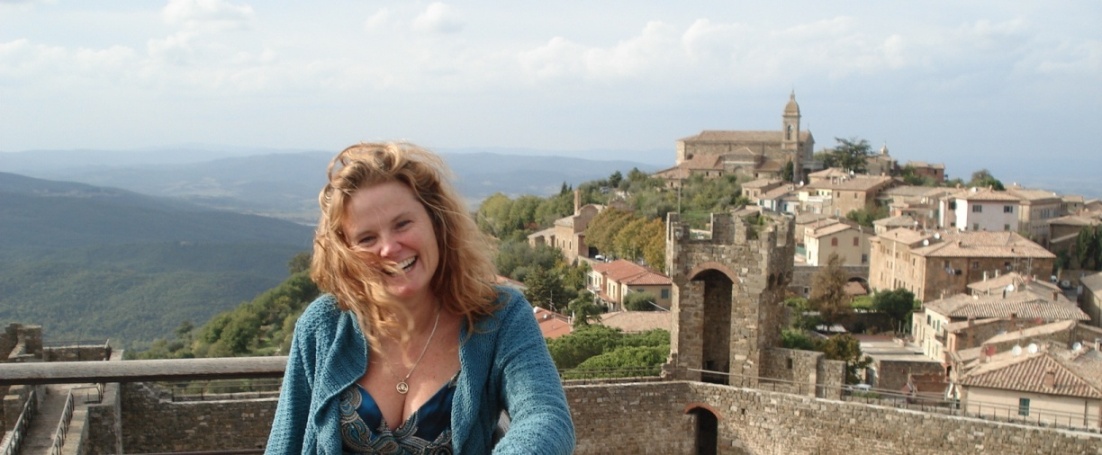Rainbows are popular. Young or old a rainbow symbolises hope and
new beginnings. You may think it an over-used
symbol, verging perhaps on cliché, yet even the most famous song about leaving
behind the rain and going over the rainbow is covered by jazz, pop and rap
musicians alike. And there’s a reason
for that: the need for rainbows, the need to look forward and hope for
improvement and healing in life is fundamentally and universally human.
So I admire Mark Garry, a
sculptor, who has created for Belfast
.jpg) |
| Photo by Jordan Hutchings |
The work, called The Permanent Present, was commissioned by The Thomas Devlin Fund and the MAC after Thomas’s parents happened to hear about the community’s plans for a new theatre in the Cathedral District of Belfast – a space to accommodate plays, exhibitions, small to medium-sized musicals, fringe groups, and the much-loved social focus of it’s predecessor, the smaller OMAC. Now that the MAC is open and bursting with business, artists and audiences, this vision, as created, seems particularly fitting.
I think the radiance which emanates from The Permanent Present is a tribute to the artist, to those who commissioned and funded it (including the Arts Council of Northern Ireland), and to the young lad, Thomas Devlin, whose premature death has become a rallying cry against futile violence and the harbouring of hatred. It is sadly ironic I should be writing this now, the week after Lee Rigby’s awfully tragic death in Woolwich, yet if there is comfort to be found in the parallel it is that this Irish work of art, and the very fact of the MAC, symbolises the social, spiritual, political and artistic regeneration which is palpably happening across Belfast and Northern Ireland at the moment.
It is no mean feat to escape
the weight of one’s past. This is ever
more difficult when a city and state has been plagued by generations of history
and conflict. But since the Peace
Treaty, and partly because of generous funds committed for capital and social
investment, what you find now in Belfast
If you don’t believe Belfast Test Drive
After watching a thoroughly entertaining
and youthful production of The 25th
Annual Putnam County Spelling Bee – written by a favourite of mine, William
Finn, and co-produced by the MAC and a local production-house, Bruiser – I was
sitting at one of the comfortable side tables, affectionately known as “the
bitching booths”; so called because typically that’s where actors and audiences
go, Chardonnay in hand, to hungrily dissect the productions. Happily I was joined by the MAC’s engaging
CEO, Anne McReynolds, and we got to
talking about the drivers behind the centre’s construction. Several things stand out from our
conversation.
The
MAC’s many performance, exhibition, meeting and social spaces are all designed for flexibility
and, if desired, filled with light. The
design of these spaces has at its heart “total commitment to the arts” and
respect for the needs of the local community.
If not, you wouldn’t have fabulously diverse spaces ear-marked as The
Writers Room, The Works, The Hub, The Lab, The Factory and the Galleries – and
that’s before you get into the Upstairs or Downstairs Theatres! This building has really been designed to live
in: to take walls down between artists and audiences; to create artistic and
social bridges between those-with and those-without, between multicultural communities
and, please God, in time, between the
pain which was felt on both sides of the community in Northern Ireland.
I don’t just say that as an
impressed visitor – enjoying for a while the benefits of a modern arts centre
when in London
Talk to anyone on the staff or
in the audience, in the bar, restaurant, gallery or toilet (yeah, Aussies like
a chat), and you’ll see the pride they have in the place. There is ambience and
buzz in every cute corner of a building packed with cute corners. Three hundred thousand people have visited
the MAC in its first year, the mailing list has grown quickly from 1,500 to
35,000, and everyone seems to be operating within the principles of a Permanent
Present… where you learn you can’t do anything about the past… you can only
live and thrive in the present twenty-four hours… in the hours and days ahead.
Call it Spiritual. Call it Artistic. But every actor knows that believable
characterisation and successful portrayal is all about ‘being in the
moment’. So I dare you to look up at the
MAC’s rainbow and not believe that what is right for us as artists is also right
for us as people: “Breathe in the rich blessings of each new day – forget all
that lies behind you.”
And in this, the MAC throws
down a challenge and a comfort.
RECOMMENDATIONS:
http://www.youtube.com/watch?v=U016JWYUDdQ
(Judy Garland)
